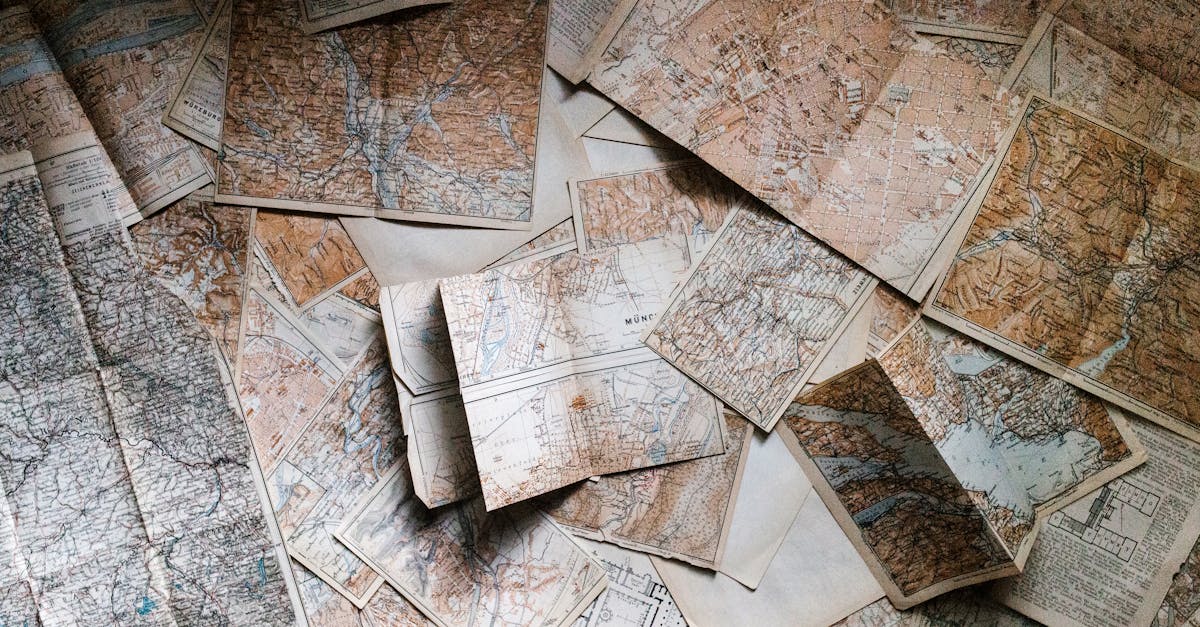Finding Your Polling Place: A Guide On Where To Vote

Introduction
Election day is fast approaching, and it's important to know where your polling place is located. Voting is a fundamental right and a way to have your voice heard in the democratic process. In this guide, we will walk you through the steps to find your polling place and make sure you are prepared to cast your vote.
Why It's Important to Vote
Before we dive into the details of finding your polling place, let's first discuss why it's crucial to vote. Voting is a way to participate in shaping the future of your community, state, and country. It allows you to have a say in the policies and leaders that will impact your daily life. Every vote counts and can make a difference in elections of all sizes.
How to Find Your Polling Place
The first step in the voting process is to find your polling place. This information is essential as it is where you will go to cast your vote on election day. There are several ways to find your polling place:
- Check your voter registration card: Your voter registration card should have the address of your polling place printed on it. If you have misplaced your card, you can contact your local election office for this information.
- Use an online tool: Many states have online tools that allow you to enter your address and find your polling place. Websites like Vote.org or your state's election website can provide this information.
- Call your local election office: If you prefer to speak with someone directly, you can call your local election office and ask for the location of your polling place.
What to Bring to the Polls
Once you have found your polling place, it's essential to know what you need to bring with you on election day. In most states, you will need to bring a form of identification, such as a driver's license or state ID. Some states may require additional documentation, so it's important to check your state's specific voter ID requirements.
Making a Plan to Vote
To ensure that you make it to the polls on election day, it's helpful to make a plan. This can include setting a reminder on your calendar, arranging for transportation to the polling place, and identifying the hours that your polling place will be open. By making a plan, you can ensure that you have everything you need to cast your vote.
Conclusion
Finding your polling place is an essential step in participating in the democratic process. By knowing where to vote and being prepared with the necessary documentation, you can exercise your right to vote and make your voice heard. Remember, every vote matters, so be sure to find your polling place and cast your ballot on election day.